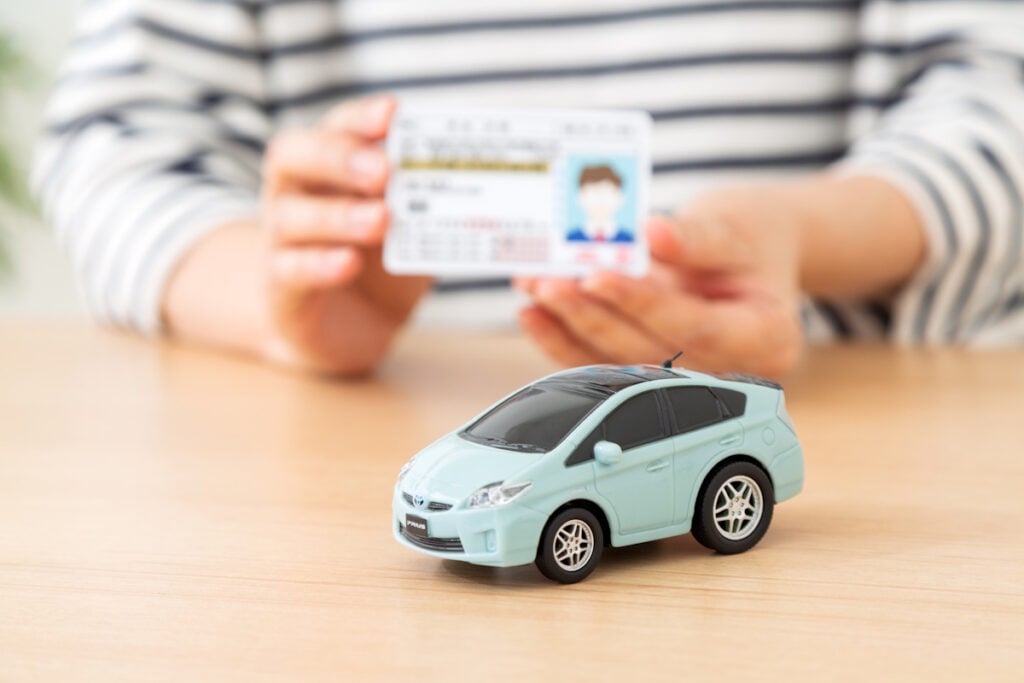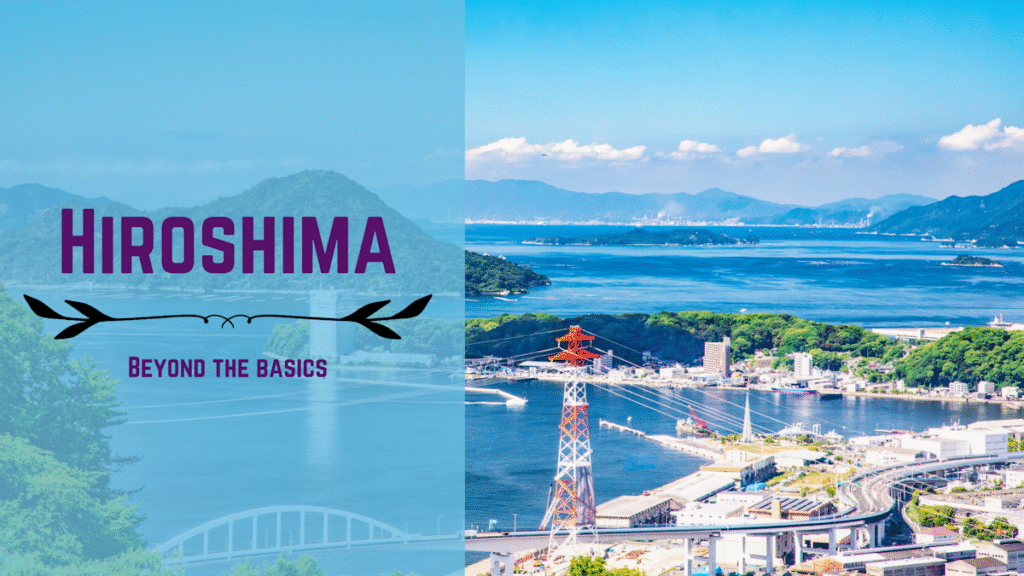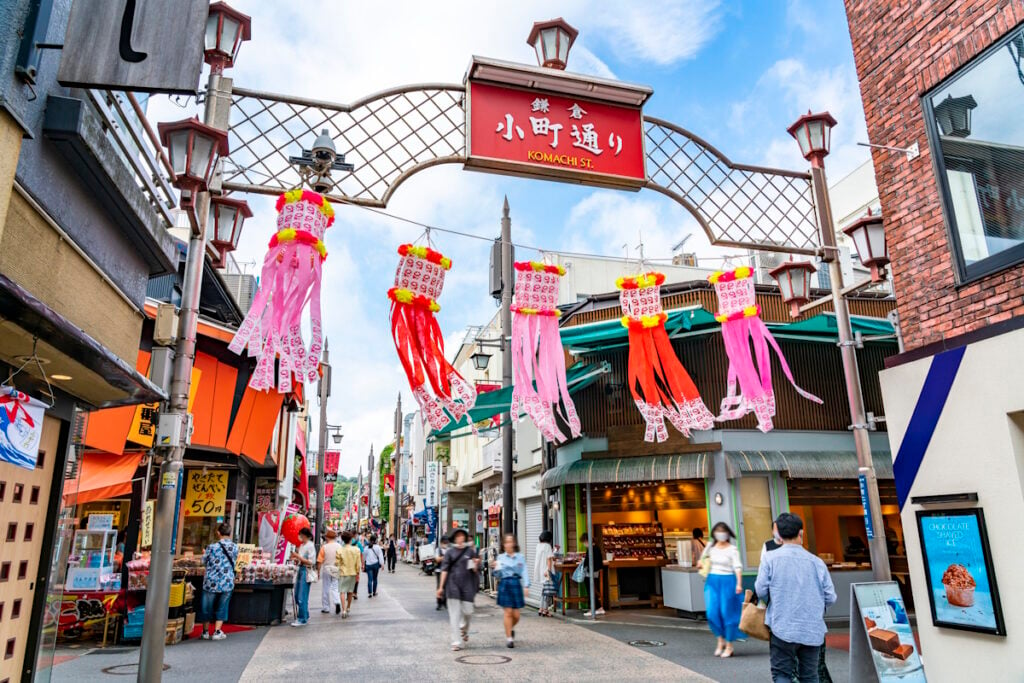Another case of friction between tourists and a tourist hot spot is making headlines in Japan. A social media post from a Buddhist temple in Kyoto made waves when the frustrated head priest declared getting along with foreign tourists an impossibility. While he later softened his comments, the incident is another example of Japanese frustration with tourists who can’t seem to follow simple rules.
“Education is essential”
The post on the official account for Kyoto’s Kodaiji (高台寺) from head priest Aoyama Koin relates an incident in which a Toyota van driven by an Asian tourist was blocking access to the temple’s walking path. “When we asked them if they could move it to the coin parking lot, they responded, ‘This isn’t an unlicensed taxi! I’ll k*ll you!’
“I’m sorry, but co-existence is impossible,” the post concludes.

Commenters expressed their sympathy with the priest on social media site X. “It’s not that all foreigners are bad,” one wrote, “but I wish the ones who can’t respect national and local rules and who don’t treasure our culture would stay away.”
Kodaiji was founded in 1606 to honor Toyotomi Hideyoshi, the samurai warlord who briefly unified Japan before Tokugawa Ieyasu ushered in the Edo era. With a mere 600 yen ($3.96) entrance fee, its beautiful grounds – including moss gardens, carefully cultivated stone gardens, and fall foliage – make it a popular draw for tourists.
However, the temple has struggled to preserve its grounds thanks to the onslaught of tourism. Aoyama has complained about damage done by tourists before – from littering to knocking over objects on the property. And tourists, he says, frequently ignore posted signs in English and Mandarin asking visitors not to take pictures. The temple’s pinned tweet is in English and Japanese and urges travelers to be respectful of Japanese culture and Japanese people when visiting the country.

Despite his frustrated tweet, Aoyama told ABEMA that he posted what he did because the threat scared him. “Co-existence and cohabitation require deference to the land, culture, and people,” he explained.
In the end, he doesn’t think the solution to Japan’s tourism friction is less tourism.
“We should accept people after clearly and simply explaining [Japan’s] unwritten manners and morals. ‘Education before entering’ is more important than decreasing the number of foreign tourists.”
Planning a trip to Japan? Get an authentic, interpreted experience from Unseen Japan Tours and see a side of the country others miss!

"Noah [at Unseen Japan] put together an itinerary that didn’t lock us in and we could travel at our own pace. In Tokyo, he guided us personally on a walking tour. Overall, he made our Japan trip an experience not to forget." - Kate and Simon S., Australia

See a side of Tokyo that other tourists can't. Book a tour with Unseen Japan Tours - we'll tailor your trip to your interests and guide you through experiences usually closed off to non-Japanese speakers.


Want more news and views from Japan? Donate $5/month ($60 one-time donation) to the Unseen Japan Journalism Fund to join Unseen Japan Insider. You'll get our Insider newsletter with more news and deep dives, a chance to get your burning Japan questions answered, and a voice in our future editorial direction.
Do Japanese people also need to become more accustomed to foreigners?

This isn’t the first time Kyoto has struggled with tourists, either. Gion, the city’s geisha district, has had to increase penalties for people who trespass through private streets where geisha and maiko live.
Other areas and industries are also dealing with what they say is a rash of bad behavior from tourists. In particular, Japanese restaurants are expressing frustration with Chinese tourists, some of whom skip out on reservations without formally canceling.
On an ABEMA panel, some speakers argued that Japan has no choice but to get better at accommodating and working with tourists. Tiktoker and YouTuber Yuna argued, “Our net income and active population are decreasing. The country needs income from foreign visitors.” She advocates more people learning English and other languages and increasing the country’s ability to handle issues with foreign tourists.
Others pointed out the country’s ongoing infrastructure issues when it comes to tourism, such as the lack of spaces on city buses. More tourists on buses – and tourists taking up space with their luggage – has left less room for locals who are just trying to get around. (Kyoto has responded to this by creating special tourist-only bus routes.)
Until someone makes Aoyama’s etiquette quiz a prerequisite for visiting Japan, it’s up to tourists to educate themselves about good Japan travel manners. In particular, when entering a temple or Shinto shrine, visitors should be aware they’re entering a sacred space – often one that’s hundreds of years old – and act accordingly.
Why this page doesn't look like crap
You may notice a few things about this page. First, it’s mostly content – not ads. Second, this article was written by a human, not a plagiaristic Turing machine.
Unseen Japan is a collective of independent authors. We work hard to keep our content free of intrusive ads and AI slop.
Help us keep it that way. Donate to the Unseen Japan Journalism Fund to support our work. Regular donors will receive Insider, our paid newsletter with weekly bonus content about Japan. Plus, your contribution will help us produce more content like this.
What to read next

Japan Closes Tourist Driver’s License Exchange Loophole
Tourists to Japan used to be able to get a powerful souvenir: a Japanese driver’s license. But that’s all changed.

Hiroshima’s Hidden Travel Gems: Avoid The Crowds at These Unique Sights
Discover hidden Hiroshima gems beyond Peace Park and Miyajima, from ramen towns and sake alleys to rabbit islands and baseball games.

As Tourists Flood In, Kamakura Battles Vandalism and Public Urination
City officials warn they may have to take more drastic measures to curtail tourists if conditions don’t improve.
